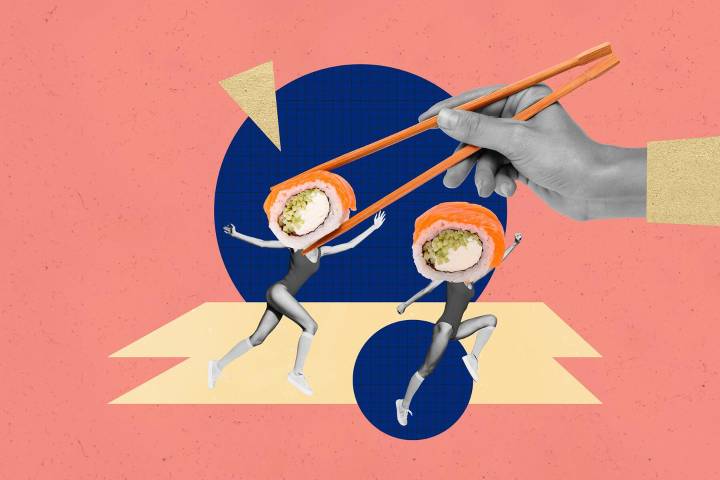Sushi in America almost didn’t happen.
People born in America in the ‘90s take their local spicy tuna roll for granted—but we ‘80s babies remember a depraved world in which eating raw fish was unheard of. We were alive when the rainbow roll almost didn’t make it to the Western Hemisphere—where the average suburban kid couldn’t name a single nigiri topping, and spicy mayo was not yet its own food group.
The globalization of sushi culture wasn’t inevitable. It hinged on a single, unexpected catalyst–not Japan and not even fish itself—a blue ocean strategy and branding campaign led by a Nordic country with too much salmon on its hands and no one to sell it to.
Norway’s Salmon Problem
In the 1980s, Norway found itself with a salmon problem. Decades of government subsidies and modern farm

 Fodors Travel
Fodors Travel

 AlterNet
AlterNet Reuters US Economy
Reuters US Economy America News
America News Associated Press Top News
Associated Press Top News Reuters US Top
Reuters US Top Aljazeera US & Canada
Aljazeera US & Canada CNN
CNN Associated Press US and World News Video
Associated Press US and World News Video OK Magazine
OK Magazine